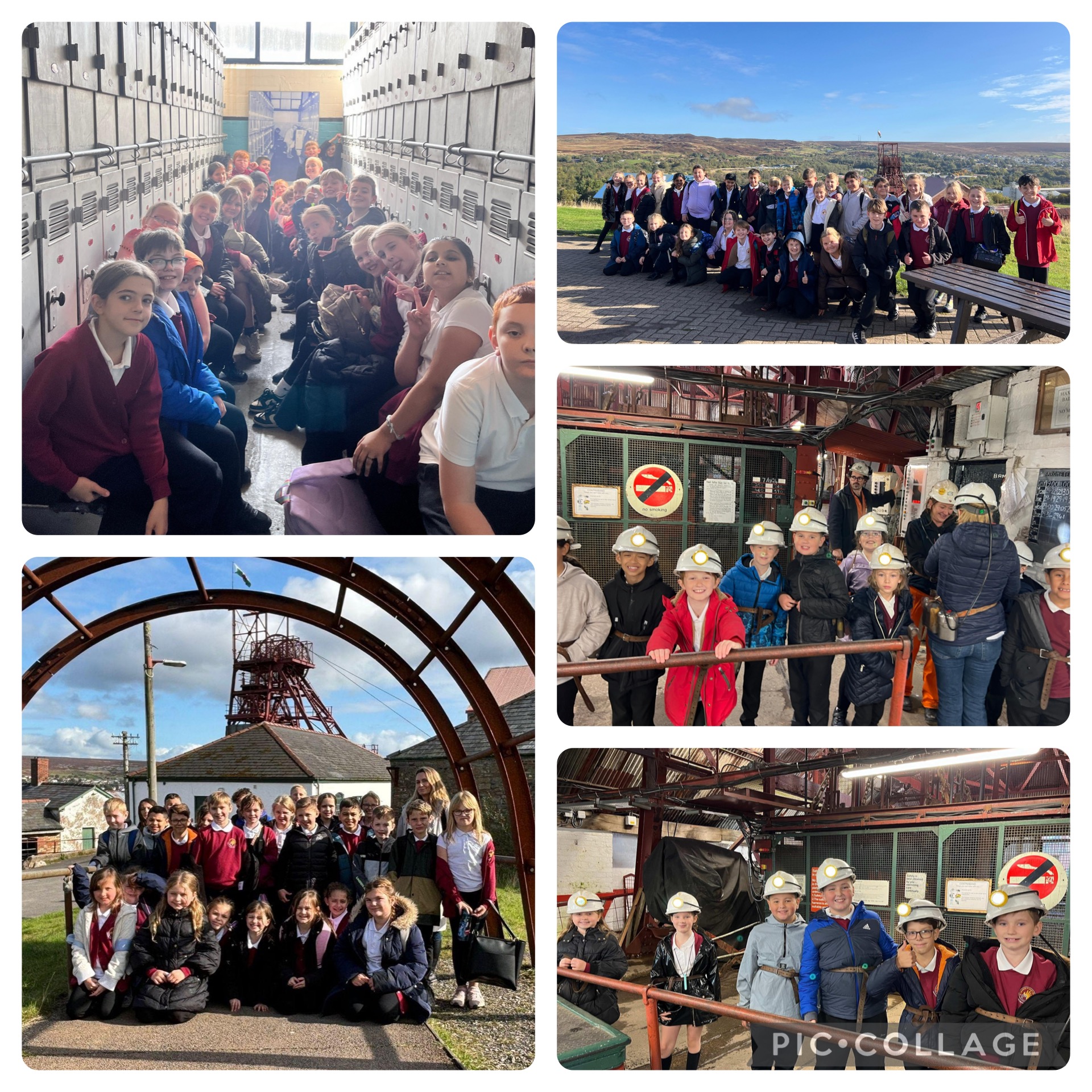Gruel, hand caning and children stuck up chimneys…yes, you guessed it, we are knee deep in studying The Vile Victorians! As part of our REAL curriculum, children enthusiastically took on the role of museum curators and were challenged to explore a range of everyday Victorian objects. This task included choosing appropriate equipment and measuring in centimetres and millimetres. They quickly discovered that a flexible tape was needed when measuring the circumference of a silk filled bobbin or the curved sides of an iron. Investigation certainly does inspire curiosity and pupils were keen to use their Talk Tactics to discuss what these curious objects could possibly be!
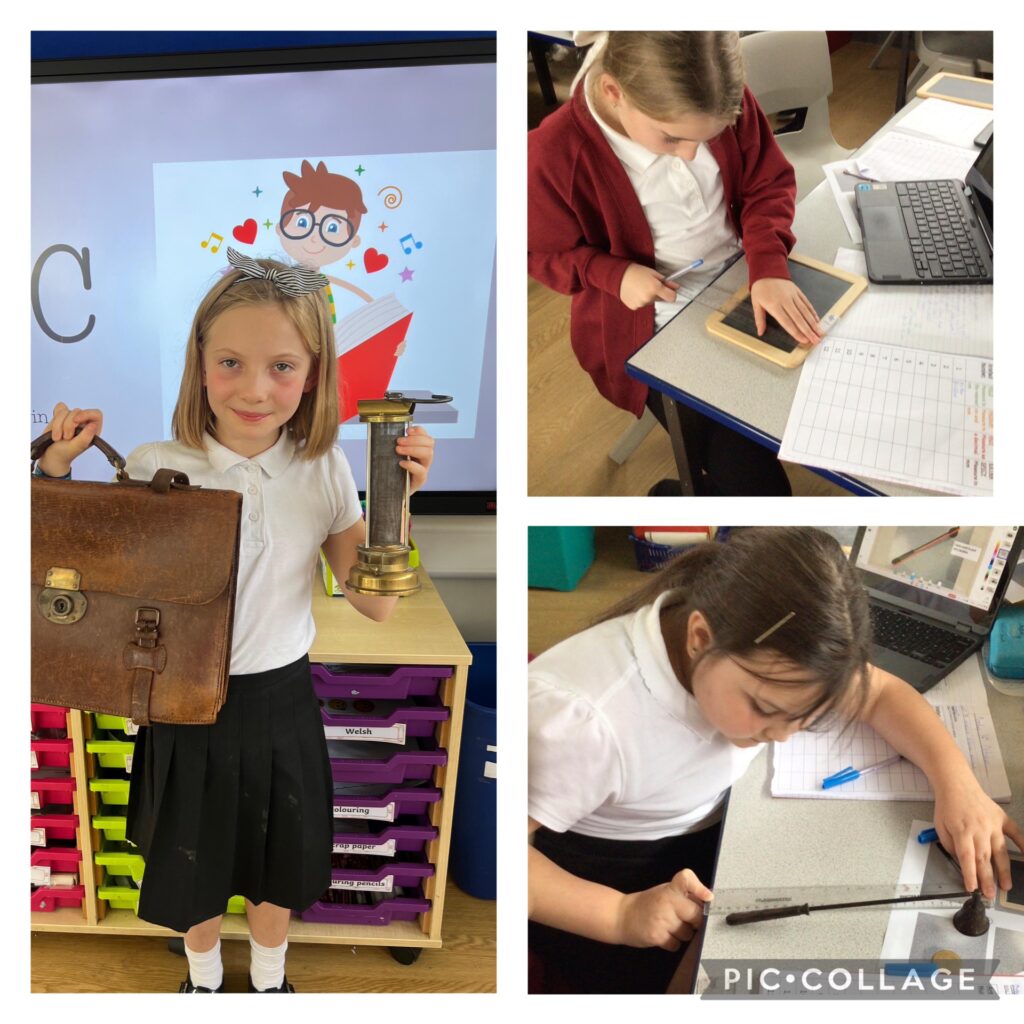
After learning about the invention of the steam engine, children started to understand how quickly the Industrial Revolution transformed previously rural areas to urban ones. Belching chimneys caused respiratory conditions and polluted drinking water, inevitably led to daily outbreaks of cholera and typhoid. A visit to Big Pit helped the children to truly appreciate the vital role that our local area played in the Industrial Revolution. Travelling 90 metres underground isn’t for the faint hearted, but they were keen to get kitted out and be on their way! Discovering that children their age and even younger carried out dangerous, back breaking and life limiting work is a sobering thought. Learning that children didn’t attend school, but instead worked in the cold, dark mines for up to 12 hours a day, 6 days a week where there were countless accidents and explosions, helped pupils realise how lucky they are to live in modern day Britain and be able to attend school – for free!
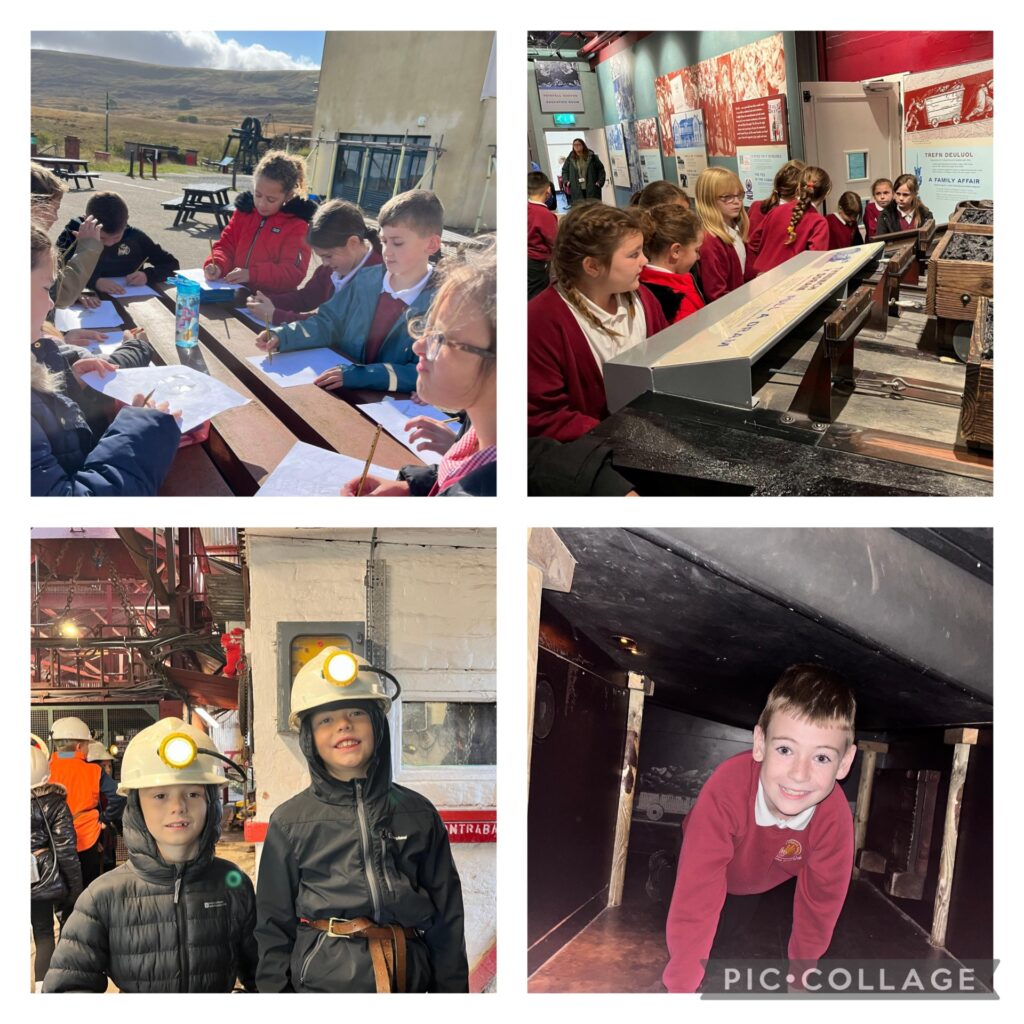
Collaborating with another school is always an exciting venture and we were fortunate to be able to partner up with Lliswerry Primary School and complete some learning together about Big Pit. Year 5 posed some well thought out questions, which would require careful consideration and often detailed responses. We were delighted that LPS rose to the challenge and we thoroughly enjoyed reading their answers. As an extra activity, we also shared some of our digital skills with them, hoping to teach them something new! We used Adobe Generate Image to create digital images from our descriptions.
Did you know Queen Victoria was only 18 when she became Queen, survived 7 assassination attempts and started the British tradition of decorating Christmas trees? These were some of the fascinating facts we gleaned when we became History detectives and delved into the intriguing and sometimes strange world of Queen Victoria. Our enquiry: ‘Who was Queen Victoria and why is she remembered?’ led us to study a range of sources of evidence to investigate her life before then writing her biography.
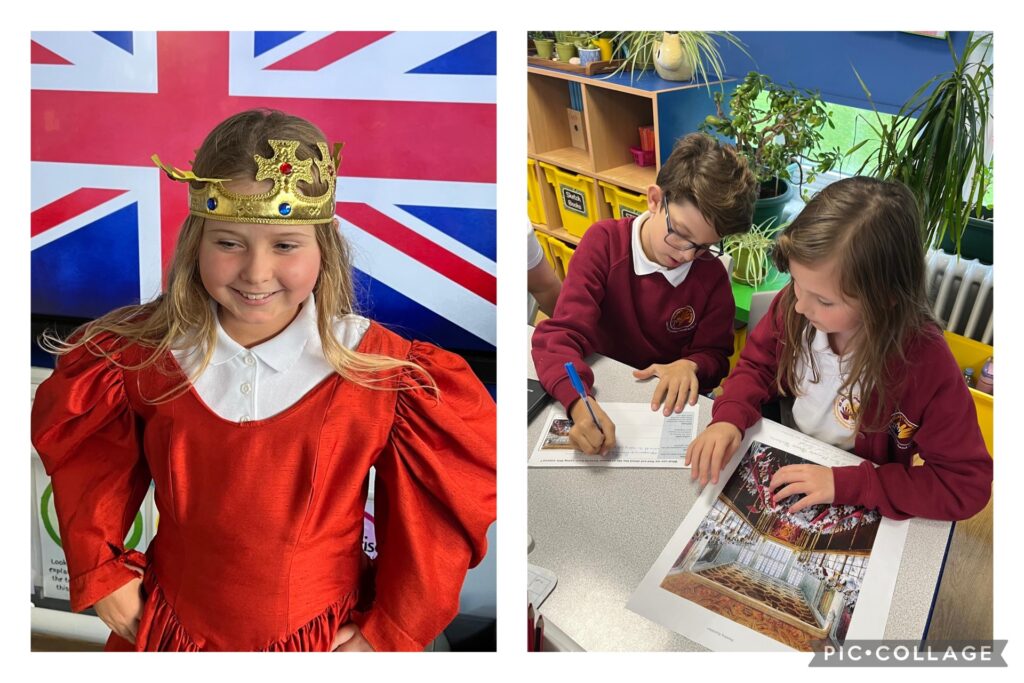
Continuing with the Victorian theme, in English we have been reading ‘Street Child’ by Berlie Doherty. For one of the drama activities, Conscience Alley, children helped Jim, the main character in the novel, decide whether he should stay in the workhouse or try to escape. What a dilemma! This engaging task was a powerful literacy tool, giving children the confidence to later write well thought out, balanced arguments. We are eager to continue reading this action packed story and follow Jim on his next adventure, where he will certainly need to keep his wits about him, if he is to survive on the unforgiving streets of Victorian London. We also used concrete and abstract nouns with metaphors to create chilling poems about the workhouse, entitled, ‘You are…’ Their poems reflected the depth of their feelings following their research into workhouse conditions and were jam packed with descriptive language.
Children have been so immersed in exploring different drawing styles and sketching techniques. Following our trip to Big Pit, the children took inspiration from a contemporary Welsh artist, Katherine Jones, to sketch its industrial landscape.
After our virtual workshop about the Victorian engineer, Isambard kingdom Brunel and a practical session investigating bridge strength as part of our STEM work, we were all inspired to become civil engineers! We discovered triangles definitely rule when it comes to bridge shape!
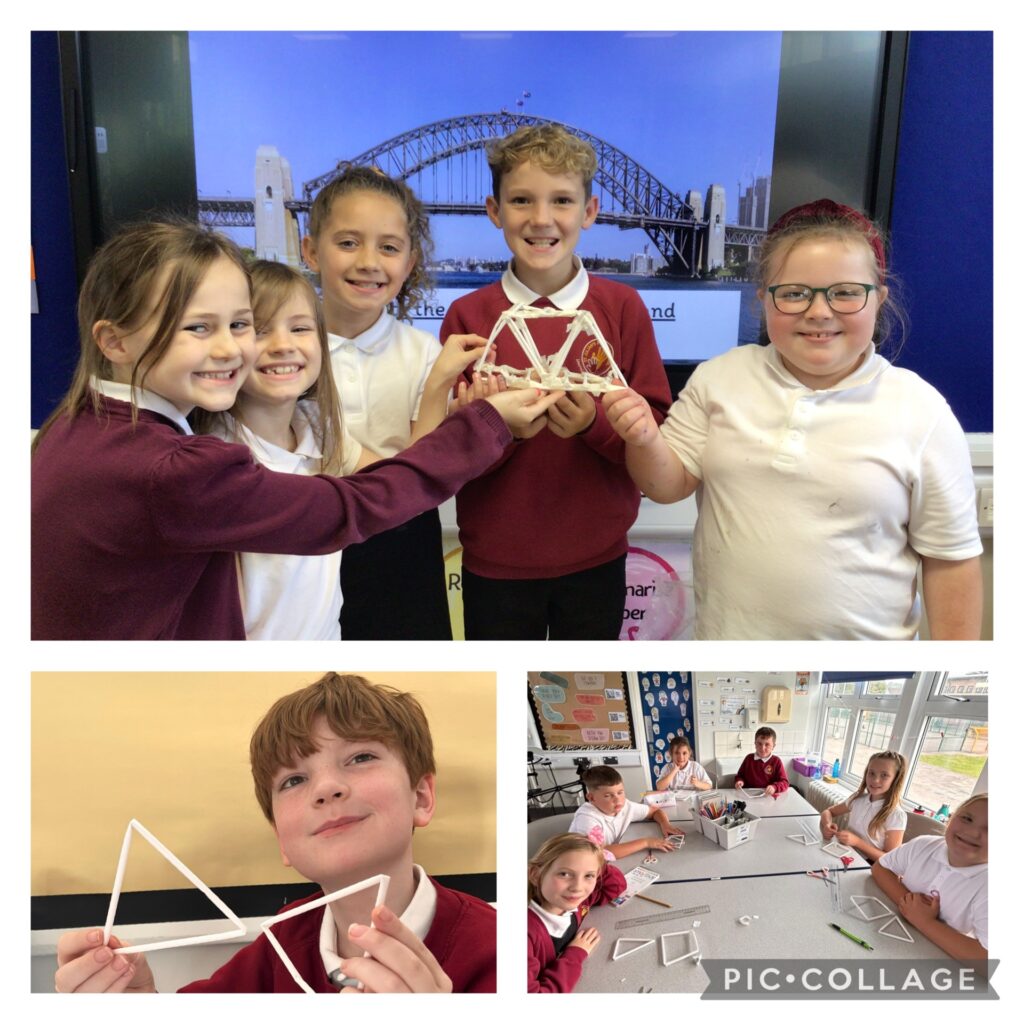
October is Black History Month. We have enjoyed learning about influential, black people throughout history. Children are enjoying learning and creating videos about the incredible life of Pablo Fanque, the ‘Greatest Victorian Showman!’
During our litter survey, pupils walked around the local area and recorded the types of litter they found, such as plastic bottles, wrappers, and cans, using tally charts. We then used this data to create bar graphs and posed questions about the data collected. The children were aghast at finding so much litter and discovered that plastic wrappers were the most common pieces of rubbish. As well as being unsightly, these also pose a threat to wildlife in the area, as often these tiny bits of litter might be mistaken for food. Reflecting on this REAL activity, right on our doorstep, enabled us to consider our own actions when it comes to safely disposing of rubbish.
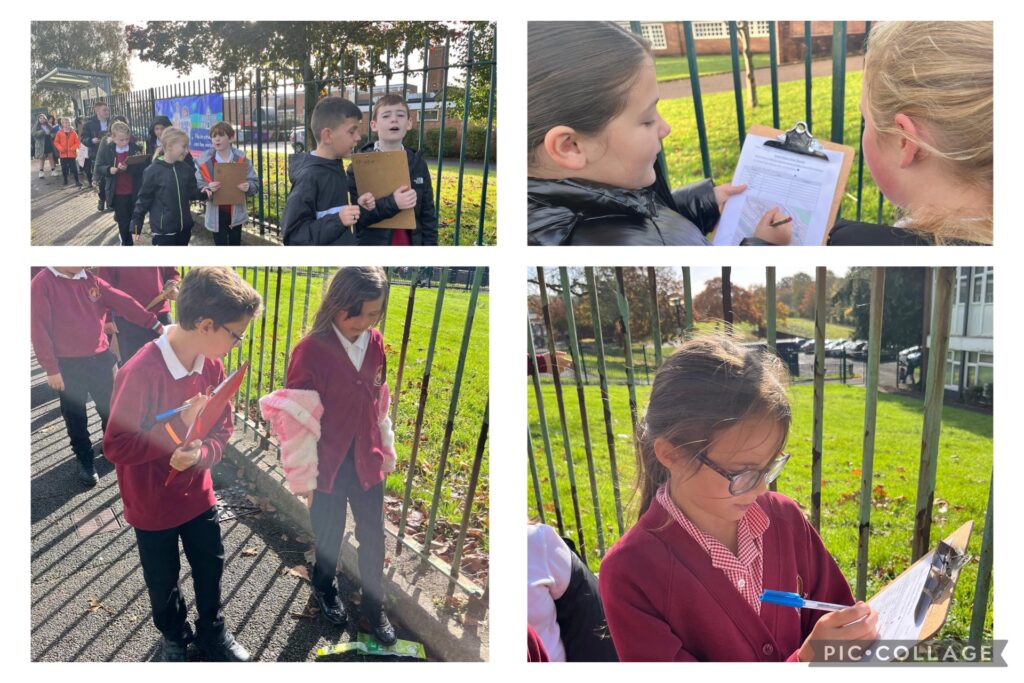
What an engaging talk we had from the passionate team behind our historic Newport Transporter Bridge! Children were thrilled to learn about the bridge’s incredible engineering and rich history. We felt particularly lucky, because Mrs Thomas, whose son is in Y5BD/RHP joined us as she is the Construction Programme Engineer, involved with the bridge’s renovation and restoration. This made the visit extra special! We discovered that it was built in 1906 to allow ships to pass underneath while still enabling pedestrians and vehicles to cross the River Usk. Interestingly, we also found out how the bridge operates, its importance as a local landmark, and its role in Newport’s industrial heritage.
Cynefin is a Welsh term defined as, ‘the place where we feel we belong, where the people and landscape around us are familiar, and the sights and sounds are reassuringly recognisable.’ Children recently participated in a Cynefin workshop, which celebrated our Welsh heritage through the story of Robert Jermaine Thomas. They were fascinated to learn about its significance in understanding the links between Wales and Korea today.
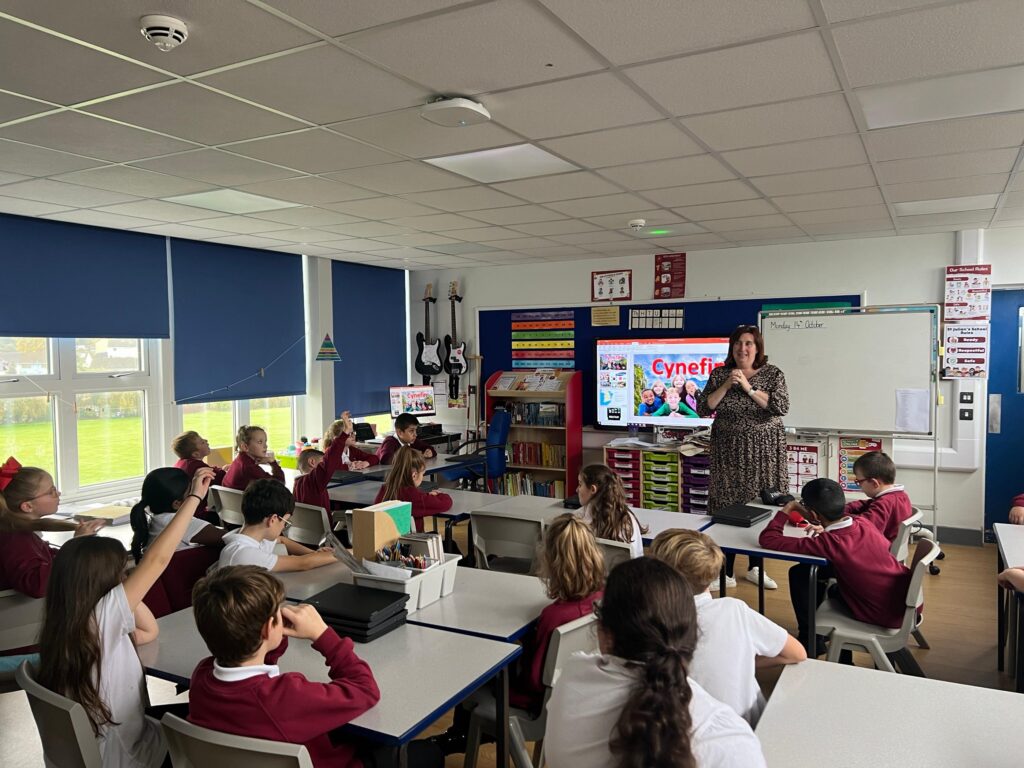
The Year 5 Reading challenge is up and running again, with children regularly informing their teachers that they have reached another checkpoint and are due the next reward. It is great to see that the children are enjoying reading a variety of books, whether they are books from home or the class library.
Well done Year 5, you have been so enthusiastic about all the learning we have completed so far. Have a wonderful break and we look forward to seeing you all for the new half term, full of more exciting activities!

